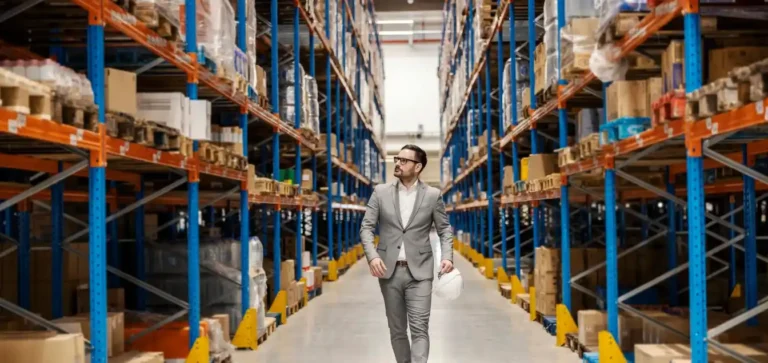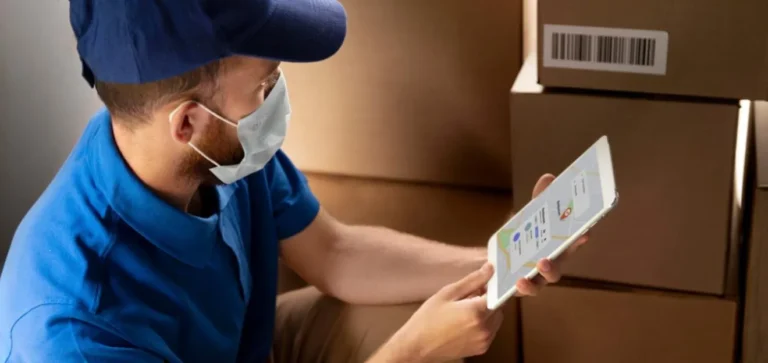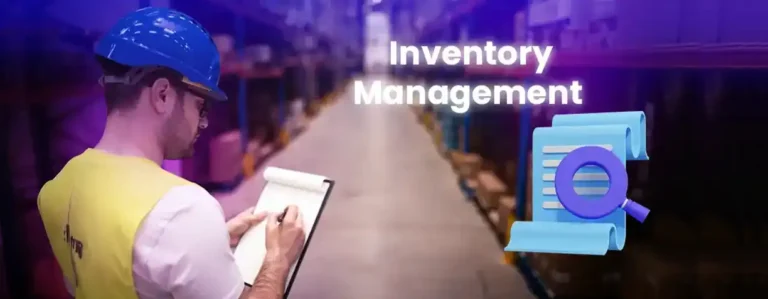The Last Mile Revolution is changing delivery logistics. This term describes the final step of delivery, where goods travel from a distribution center to the customer’s home. Though it’s a short distance, it’s often the most complex and expensive part of the delivery process.
Table of Contents
The Final Mile Delivery Revolution
The Final Mile Revolution is driven by the rise of online shopping and higher customer expectations. McKinsey & Company reports that same-day delivery demand is expected to grow by 40% each year in cities. Shoppers now expect fast and reliable deliveries. This puts pressure on retailers and logistics companies to improve. The Last Mile Delivery Revolution pushes businesses to use new technologies and strategies.
What is Last Mile Delivery?
What is Last Mile Delivery? It covers all activities to get a product from a distribution center to the customer. This step is crucial because it affects customer satisfaction. Successful last-mile delivery needs careful planning and problem-solving to deal with traffic, delivery density, and customer availability.
Reducing Last-Mile Delivery Costs

One challenge in the Last Mile Revolution is Reducing Last-Mile Delivery Costs. Capgemini states that last-mile delivery costs make up 41% of total supply chain costs. Companies are trying different strategies to cut these costs. For example, UPS’s ORION system saves around 10 million gallons of fuel each year by improving delivery routes.
The Future of Last-Mile Delivery
The Future of Last-Mile Delivery looks promising with new technologies like drones and delivery robots. Amazon is testing drones through its Prime Air service, aiming for deliveries within 30 minutes. In the UK, Amazon has already conducted successful drone tests.
Starship Technologies has created delivery robots that handle items within a 4-mile radius. These robots have made over 100,000 deliveries in cities like Milton Keynes and Modesto, California. These innovations help avoid traditional problems and offer faster, more reliable delivery.
Choosing the Right Delivery Partners
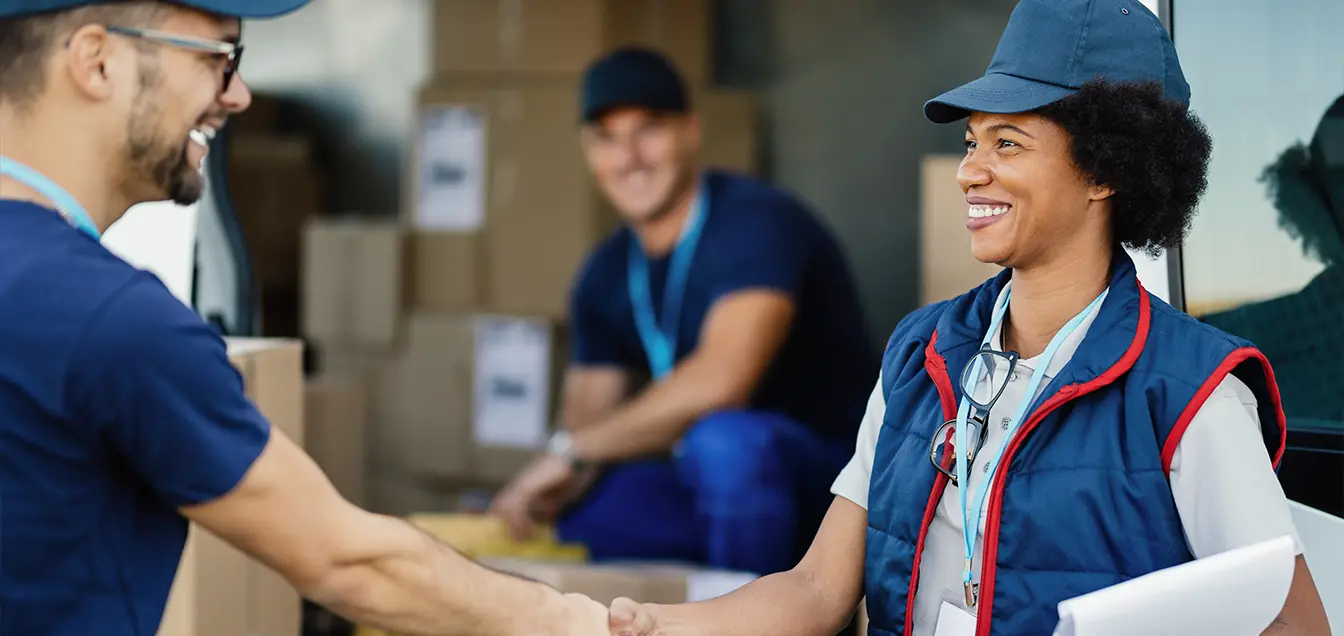
Choosing the right partners is key in the final mile. Many businesses use third-party logistics providers to manage this part of delivery. In Canada, 3PL Logistics Canada offers services that address local challenges. Metro Supply Chain Group provides last-mile delivery services using advanced technology and a strong network to meet local needs.
How To Choose the Right Delivery Partner for Your Furniture Delivery
For large items like furniture, it’s important to Choose the Right Delivery Partner for Your Furniture Delivery. IKEA works with TaskRabbit to offer assembly and delivery services. This partnership ensures that furniture arrives in good condition and on time. TaskRabbit helps IKEA provide same-day delivery and assembly, boosting customer satisfaction.
Strategies for Success in Final Mile Delivery
Strategies for Success in Final Mile Delivery include using technology, forming strong partnerships, and constantly improving. Walmart combines its store network with services like Postmates and DoorDash to offer same-day delivery. By using stores as fulfillment centers, Walmart has cut delivery costs by 90% within a 10-mile radius. This shows how adapting to consumer needs and new technologies can be beneficial.
The Role of the Last Mile Carrier
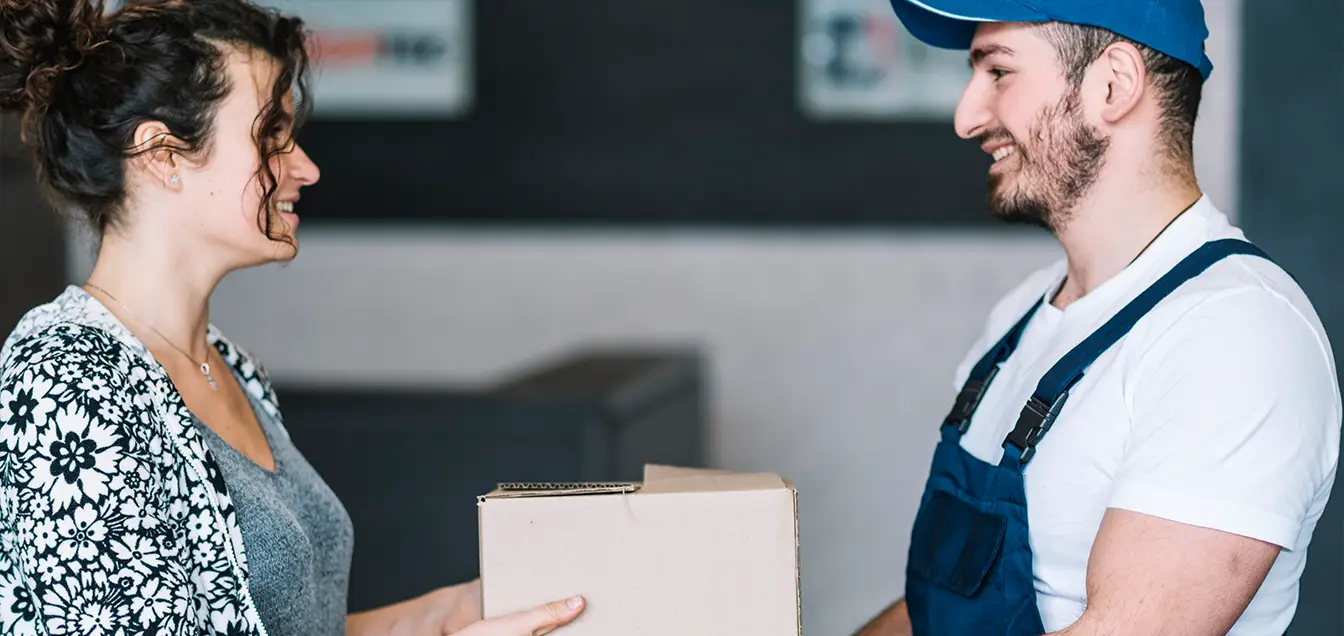
The last mile carrier is vital in the Last Mile Revolution. These carriers handle the last part of the delivery process, making sure packages arrive on time and in good shape. DHL is investing in green solutions like electric vehicles and bikes for city deliveries. Their StreetScooter electric vehicles have cut CO2 emissions by 16,000 tonnes annually. This highlights how sustainable practices can improve last-mile delivery.
Conclusion
The Last Mile Revolution is reshaping delivery logistics. It is driven by the need for faster, more efficient, and reliable deliveries. By adopting new technologies, cutting costs, and selecting the right partners, businesses can handle the complexities of the final mile. Adapting and innovating will help lead the future of last-mile delivery.


